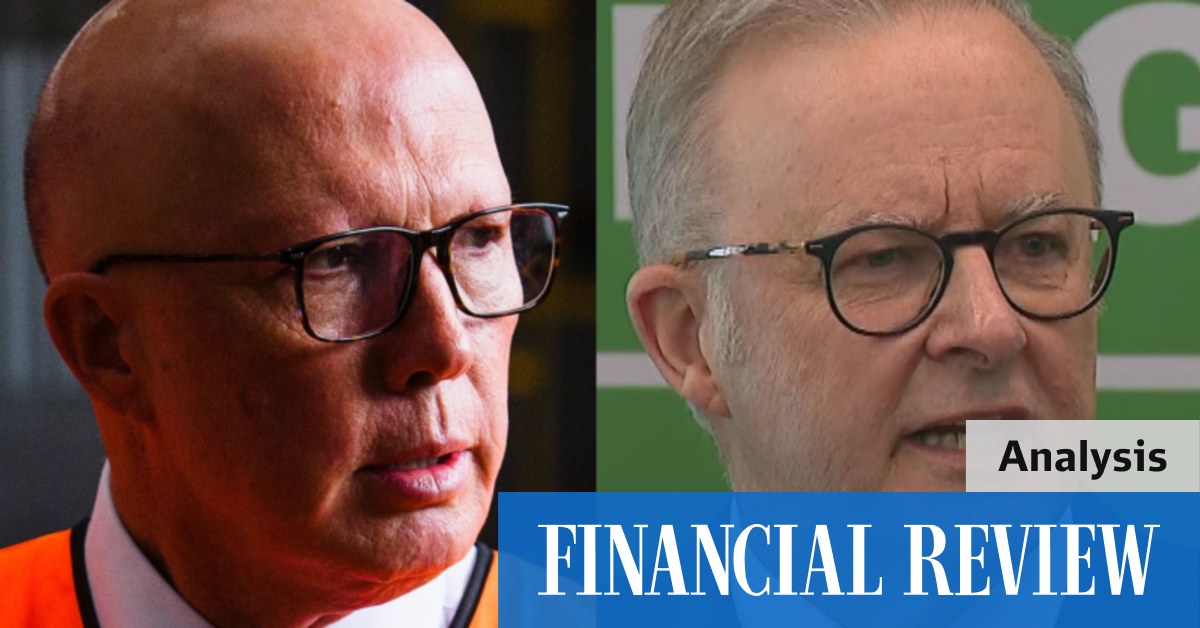Dutton vs Canberra, Albanese vs Greens: Political Rift Widens
Australia's political landscape is fracturing, with deep divisions emerging between the major parties and within the broader political spectrum. The recent clashes between Peter Dutton and the Canberra establishment, coupled with the escalating tensions between Prime Minister Albanese and the Greens, highlight a growing polarization that threatens to stifle effective governance.
Dutton's Battle with Canberra's Establishment
Peter Dutton, the Leader of the Opposition, has increasingly positioned himself as an outsider battling against the perceived "Canberra bubble." His rhetoric often focuses on the disconnect between the political class and the concerns of everyday Australians. This strategy, while resonating with a segment of the electorate, has also drawn criticism for its perceived negativity and lack of constructive policy alternatives.
- Key criticisms against Dutton: Lack of concrete policy proposals beyond opposition to government initiatives. Accusations of exploiting social divisions for political gain.
- Dutton's key arguments: Highlighting government overreach, economic mismanagement, and a perceived lack of focus on national security concerns. Emphasizing the need for a return to "common sense" politics.
This ongoing battle is shaping the political narrative, with Dutton attempting to paint himself as a champion of the "forgotten Australians" against a detached and out-of-touch government. The effectiveness of this strategy remains to be seen, but it is undeniably shaping the political discourse.
Albanese's Tightrope Walk with the Greens
Meanwhile, Prime Minister Anthony Albanese faces a different, yet equally challenging, political rift. The Greens, despite not holding a majority in Parliament, wield significant influence, particularly on environmental policy. Albanese's government has found itself navigating a complex balancing act, needing to appease the Greens while maintaining its broader appeal to the electorate.
- Areas of contention: Climate change policy, particularly the pace of emissions reduction. Approvals for resource projects. Indigenous land rights.
- Albanese's approach: Seeking compromise and negotiation, while attempting to maintain a degree of political independence.
The delicate dance between Albanese and the Greens has led to accusations of the government "selling out" to the Greens from the Opposition, while the Greens themselves have criticized the government for insufficient action on key environmental and social issues. This tension reflects the broader challenges facing progressive coalitions in managing diverse political agendas.
The Broader Implications
The widening political rifts between Dutton and Canberra, and Albanese and the Greens, signal a more fragmented political landscape. This polarization could have several negative consequences:
- Policy gridlock: Increased difficulty in passing legislation and implementing effective government policies.
- Erosion of public trust: Growing cynicism and disillusionment with the political process.
- Increased political instability: Heightened risk of minority governments and frequent elections.
The future of Australian politics hinges on the ability of key players to bridge these divides and find common ground on crucial issues. Whether this is possible remains to be seen, but the current trajectory suggests a period of continued political turbulence.
Conclusion
The current political climate in Australia is characterized by deep divisions. The strategies employed by Dutton and Albanese, while effective in mobilizing their respective bases, also risk exacerbating existing societal fractures. The coming months will be crucial in determining whether these political rifts can be mended, or if Australia is destined for a period of protracted political stalemate. Only time will tell.

